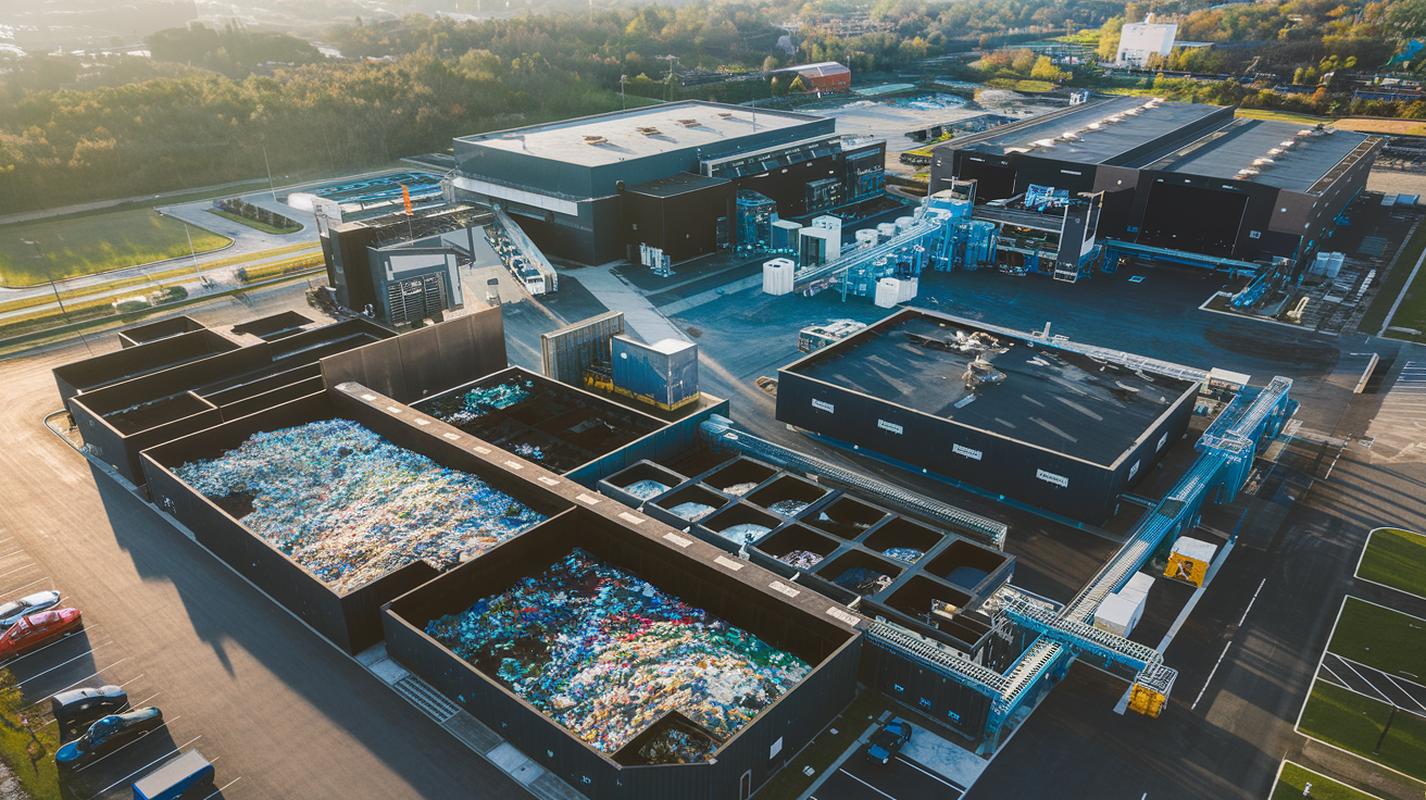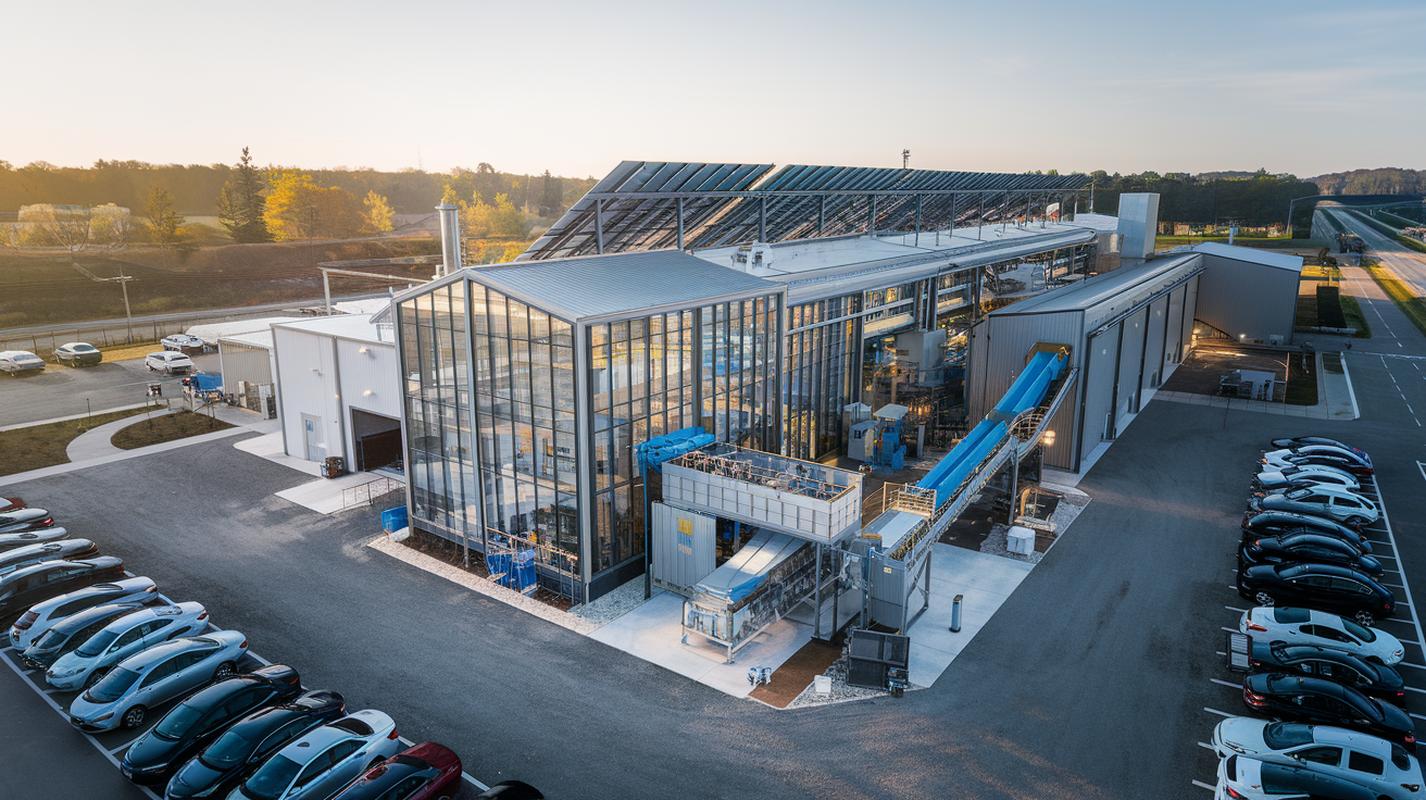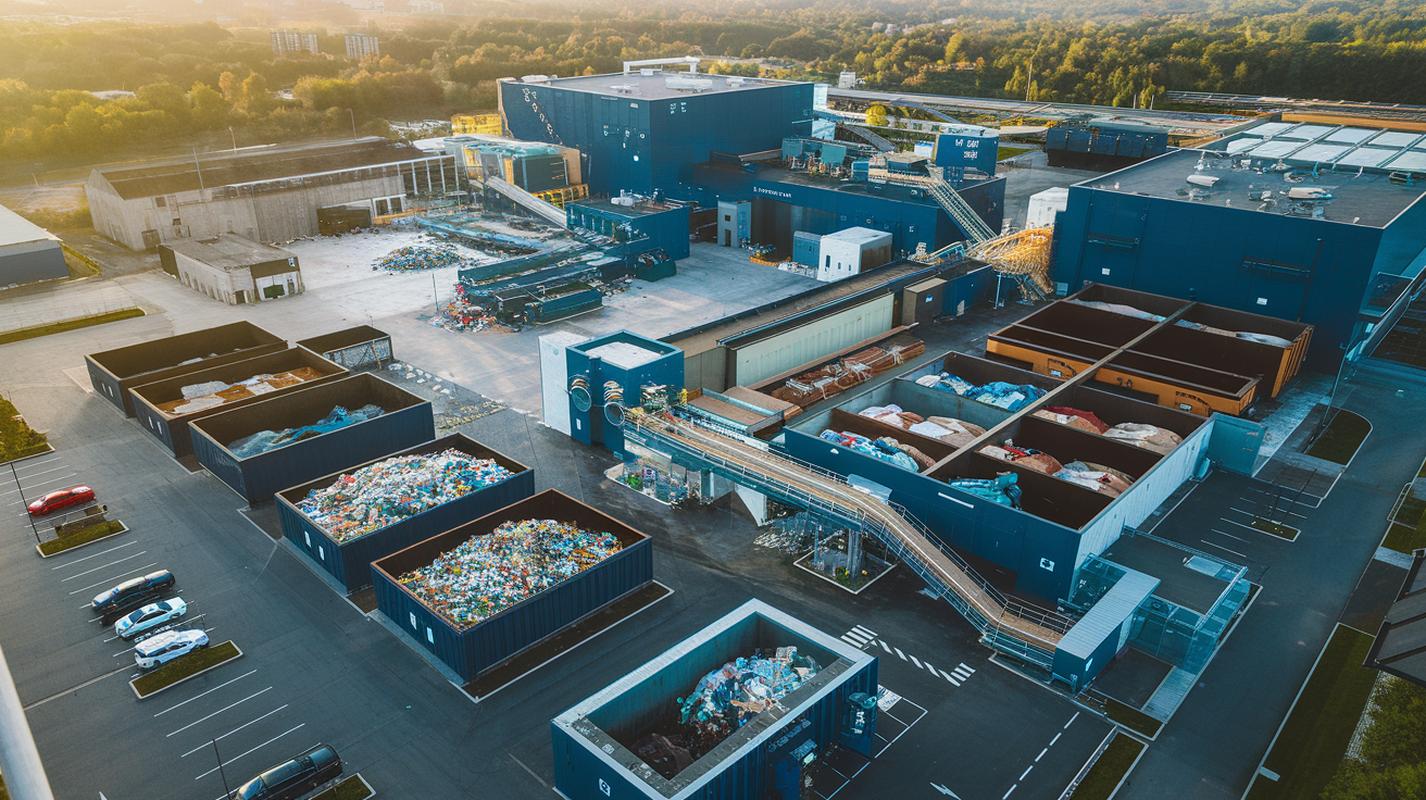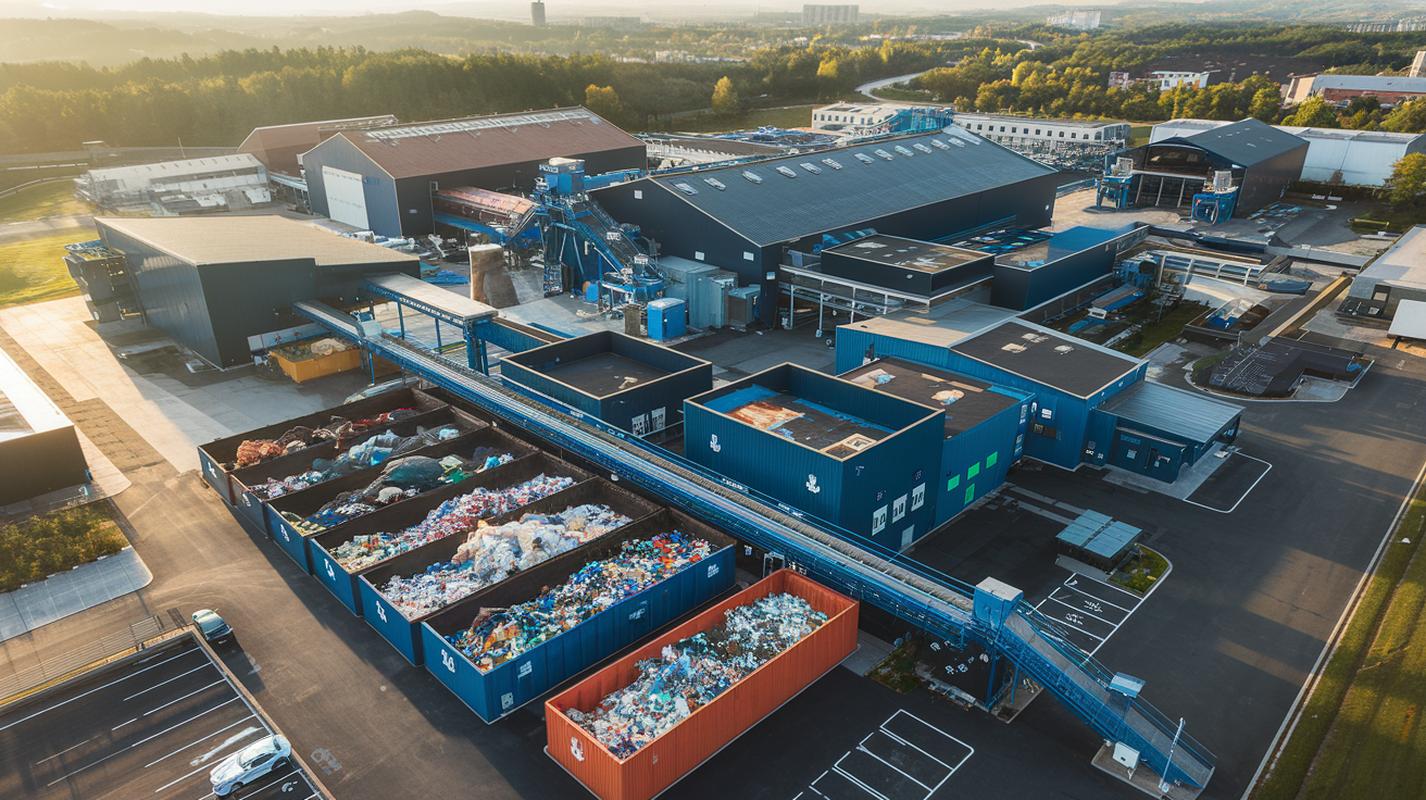Introduction to Circular Economy Principles: A Sustainable Approach
The principles of the circular economy offer a promising way forward in our shared goal of sustainability. Unlike the old linear model of “take, make, and waste,” the circular approach envisions a system where materials and resources are continuously reused, reducing waste and environmental impact.
Around the world, countries are embracing these game-changing ideas. China, Japan, the UK, France, Germany, and many others have made the circular economy a top priority, seeing its potential to drive innovation, create jobs, and protect our planet. The ultimate aim is to move away from the current “use and throw away” mindset to a model where the value of products, materials, and resources is maximized over time.
It’s important to note that just focusing on circularity doesn’t automatically lead to positive social, economic, and environmental outcomes. Sustainability, a comprehensive approach that considers various factors, should be the guiding principle. By incorporating holistic thinking into new policies and working together across the value chain, we can reduce the impacts of sourcing, extraction, recycling, and waste management.
The traditional waste hierarchy, which prioritizes prevention, reuse, recycling, and recovery over landfill, provides a useful framework. However, the circular economy takes this a step further, aiming to get rid of waste completely and keep materials in constant circulation. This change in mindset requires reimagining product design, supply chains, and consumer behavior.
Efforts like the National Strategy for Reducing Food Loss and Waste, the draft National Strategy to Prevent Plastic Pollution, and the Recycling Infrastructure and Market Opportunities Map show the growing momentum behind these ideas. With innovative policies, targeted investments, and a shared commitment to change, the circular economy can become a strong driver of sustainable progress. 1 2
 Photo by The Climate Diary
Photo by The Climate Diary
Key Components of Circular Economy Principles: What You Need to Know
Transitioning towards circularity begins with design, as about 80% of environmental impacts are determined at this stage. Designers need to balance user needs with a big-picture view, switching between focusing on specific requirements and considering broader implications. Tactics like designing for inner loops, shifting from products to services, and using modular designs can help integrate circularity into products and services from the ground up.
Design is at the core of the circular economy and involves redesigning products, business models, cities, and linear systems.
In addition to design, the circular economy also stresses the importance of product stewardship and regenerative practices. For example, container deposit schemes make the beverage industry more responsible for its packaging, while regenerative agriculture focuses on farming methods with positive environmental impacts. These efforts show the multifaceted nature of circularity, where every stage of a product’s life cycle is optimized to reduce waste and maximize resource retention.
Adopting circular economy principles can have a significant impact. Australia’s recycling rates have risen from 7% in 1996 to 58% in 2016/17, but 40% of waste materials are still ending up in landfills. By embracing circularity further, we can unlock the potential to eliminate waste, keep materials in use, and restore natural systems, ultimately paving the way for a more sustainable and resilient future. 3 4
 Photo by The Climate Diary
Photo by The Climate Diary
Benefits of Adopting Circular Economy Principles in Business
Businesses today have a big decision to make: either adapt to the circular economy or risk falling behind. The old way of doing things, where we take, make, and waste, just isn’t cutting it anymore. Circular economy principles offer a better way, changing how companies operate and provide value to customers.
One major perk of going circular is increased resilience. By keeping products, materials, and resources in use for as long as possible, businesses can reduce their dependence on limited resources and protect themselves from fluctuating prices. This means lower costs and more stability, even when supply chains get disrupted.
Circular models also open up new ways to make money. Instead of just selling products, companies can offer services where customers pay to use a product over time. This encourages businesses to design for durability, repairability, and recyclability. The sharing economy, where people share resources within a community, is another circular idea that’s driving growth.
Consumers are more and more interested in brands that care about sustainability. Studies show that when companies focus on environmental, social, and governance issues, consumers are more likely to spend money, stay loyal, and help products succeed. People want to reduce waste, lower their carbon footprint, and support eco-friendly companies.
- Circular economies create goods and services that are better in more ways than just reducing waste.
- Companies that don’t go circular risk losing customers to new startups that are already on board.
- If your business model isn’t circular by 2030, you might struggle to keep up.
- Circular organizations offer cool ideas like product services and the sharing economy.
- Consumers are increasingly drawn to sustainable brands, with environmental concerns guiding their purchases.
Moving towards a circular economy isn’t easy, but the potential benefits are huge. Businesses that embrace this change can set themselves up for long-term success, providing value to customers while also protecting the planet for future generations. 5 6
Implementing Circular Economy Principles: Practical Steps and Strategies
Embracing the circular economy is no longer a lofty aspiration, but a practical necessity. As the world deals with the increasing environmental impact of our linear “take-make-waste” model, businesses are realizing the huge potential of circular principles to drive sustainable growth and resilience.
At the core of the circular economy lies a simple yet powerful idea: use less, use longer, reuse, and repurpose. By optimizing the use of material resources, organizations can not only reduce their carbon footprint but also improve their bottom line. In fact, a whopping 50% of global emissions are connected to the production and consumption of goods - a fact that highlights the urgent need for a fundamental shift in how we do business.
Circular models offer a variety of approaches to this challenge. Some focus on extending product lifespans, while others prioritize closing material loops or creating new use cycles. Regardless of the specific strategy, the common theme is a commitment to minimizing waste and maximizing the value extracted from every resource.
The European Union has taken a leading role in this transition, with the adoption of the Circular Economy Action Plan as a cornerstone of the European Green Deal. This comprehensive framework introduces 35 actions to ensure resources remain in the economy for as long as possible, empowering consumers and public buyers to make sustainable choices.
By embracing the principles of the circular economy, businesses can not only reduce their environmental impact but also improve their competitiveness. Improved resource efficiency and closed-loop supply chains can strengthen resilience against market volatility, while innovative product-service systems can unlock new revenue streams. The road ahead may not be without its challenges, but the potential rewards are undeniable. 7 8
 Photo by The Climate Diary
Photo by The Climate Diary
References
-
“Circulareconomy” - www.epa.gov ↩
-
“Three Core Principles Of The Circular Economy” - planetark.org ↩
-
“Design And The Circular Economy Deep Dive” - www.ellenmacarthurfoundation.org ↩
-
“What Is A Circular Economy” - certified.rit.edu ↩
-
“Circular Economy Action Plan En” - environment.ec.europa.eu ↩
